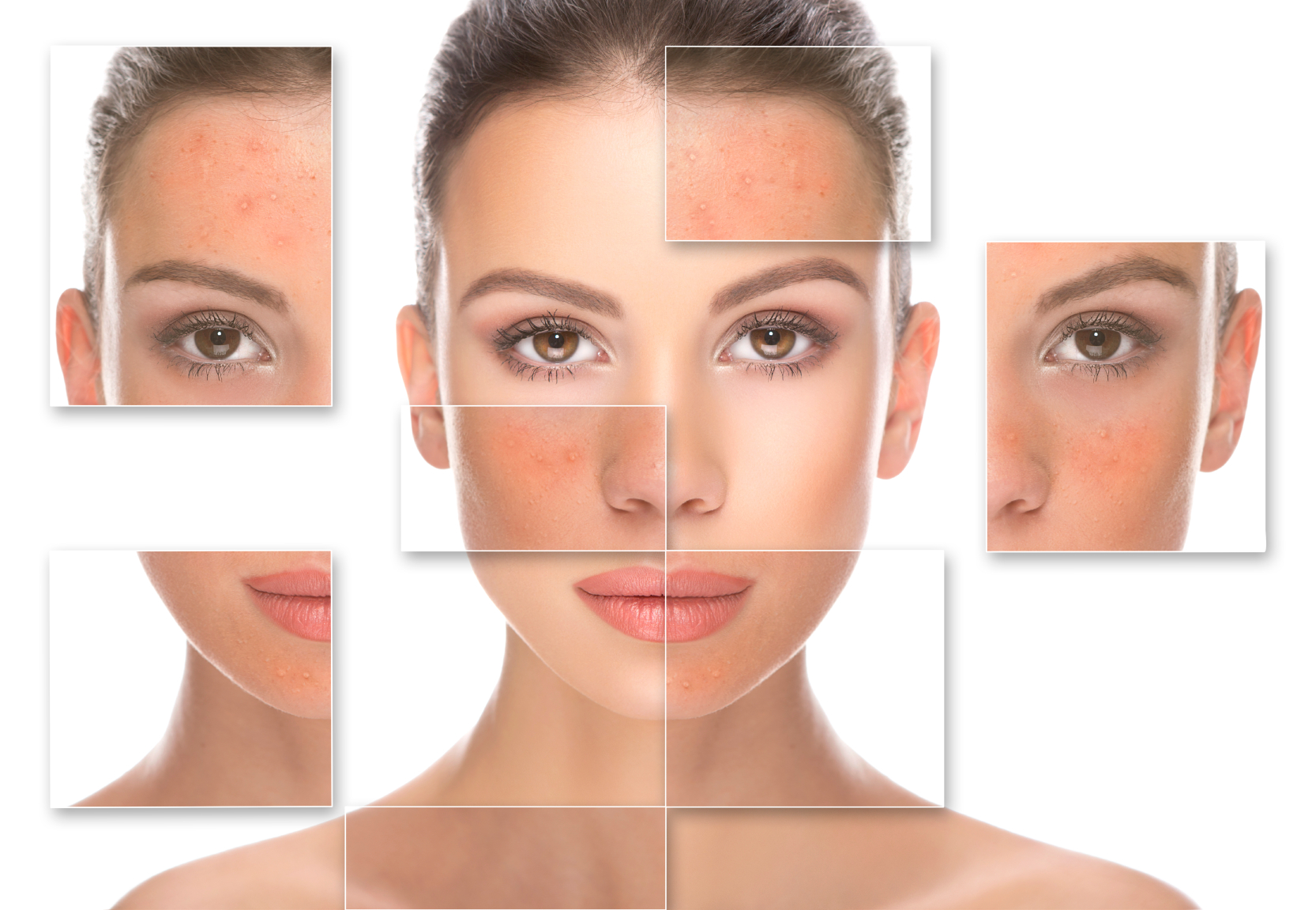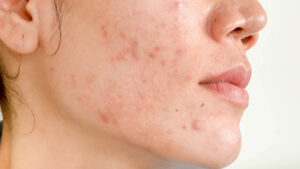Chemical peeling for dark spots
A chemical peel is a procedure that removes the top layer of skin, which consists of dead or weakened cells.
With the help of peeling, you can noticeably rejuvenate the skin and permanently get rid of the foci of hyperpigmentation.
For bleaching, a mixture of acids is used, the composition of which depends on the depth and type of peeling. This procedure is performed on the face, neck, chest, and hands. The result depends on the intensity of pigmentation and the individual properties of your skin.
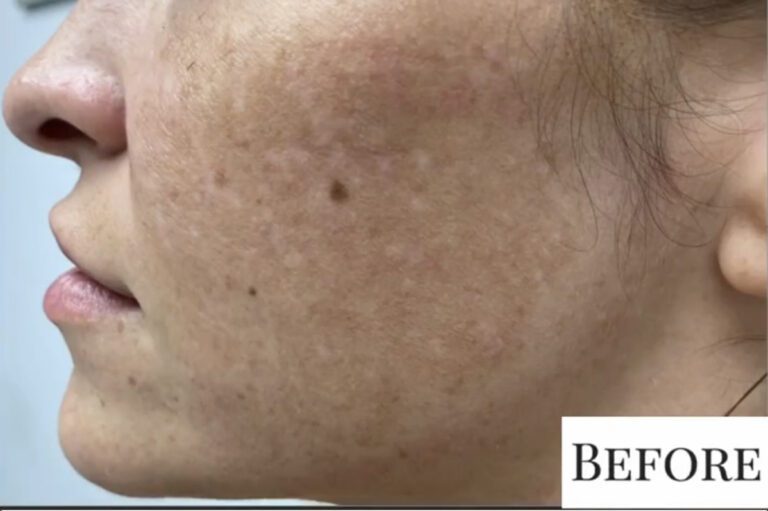
Causes of hyperpigmentation
Hyperpigmentation is caused by an increase in melanin. Melanin is the natural pigment that gives our skin, hair, and eyes their color. A number of factors can trigger an increase in melanin production, but the main ones are sun exposure, hormonal influences, age, and skin injuries or inflammation.
Here are some reasons that cause hyperpigmentation:- disruption of the liver, gallbladder, and kidneys;
- hormonal changes that can occur both during and after pregnancy;
- the use of certain types of creams;
- diseases associated with the genital organs;
- taking contraceptive drugs;
- insufficient amount of vitamins in the body, most often it is a lack of vitamin B3;
- frequent visits to or exposure to the sun or tanning salons;
- early aging of the body, human skin.
Chemical peeling for dark (age) spots
Chemical peeling is the most common procedure used to fight pigmentation disorders. Before carrying out such a procedure, the aesthetician must carefully examine the patient’s skin in order to determine the location of melanocytes.
Based on this, a decision will be made about which peeling option to choose and which components to use. It can be a superficial and medium chemical peel.
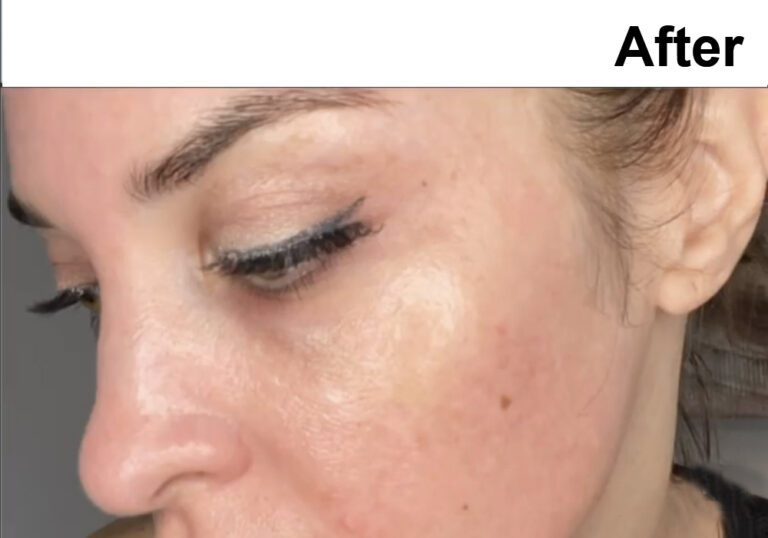
Superficial and medium chemical peeling
Chemical peeling for dark spots: The procedure
Superficial peeling will be the best option in the case of light pigmentation. It can be almond, glycolic, or retinoic peeling options. They affect only the superficial layers of the skin and, most importantly, such a procedure can be carried out even in adolescence. In order to finally get rid of pigmentation, it is necessary to carry out several procedures at an interval of 7-10 days.
If you need to get rid of hyperpigmentation, which is deeper than light pigmentation, medium chemical peeling will be the right choice for you. It can be TCA, salicylic, and retinoic peels. In order to fully cope with the problem, it is necessary to do about 3 procedures with an interval of a couple of weeks.
It is also worth paying attention to the fact that after superficial peeling, you will only get visible redness on the treated area, which will peel off in just a few days. However, as for the medium peeling, treated skin will be red and swollen. You’ll feel stinging. Your doctor might apply a protective ointment, such as petroleum jelly, to soothe the area and prevent dryness. After five to seven days, you can use cosmetics to cover any redness. During this time, age spots will also disappear.
Superficial and medium procedures are performed in the dermatologist’s office and do not require anesthesia. Burning and stinging may be felt on the skin in the treatment area. At the end of the procedure, the dermatologist applies a soothing lotion or cream. After a medium peel, the face will be red and swollen for approximately 48 hours. Then the skin starts flaking. Depending on the depth of exposure, skin regeneration takes one to two weeks.
For the speedy restoration of the skin, you should use special ointments recommended by a cosmetologist. You can speed up the regeneration process by taking multivitamins. In no case should you make masks during the recovery period, apply scrubs, or try to soak, steam, or remove dead skin. This can lead to scarring. Decorative cosmetics at this time are also prohibited to use. If herpetic or microbial lesions were previously observed on the skin, antiviral agents or antibiotics should be taken.
The number of procedures is selected by a dermatologist depending on the results of treatment, the intensity of pigmentation, and the characteristics of the patient’s skin. In most cases, 4-10 sessions of superficial peeling are performed with an interval of about 10 days. Deeper peeling treatment is carried out less often – up to three times with an interval of a month or two.
The procedure will help not only get rid of freckles and age spots. The face will look younger, and acne scars and post-acne will disappear. The skin will become beautiful, and fresh.
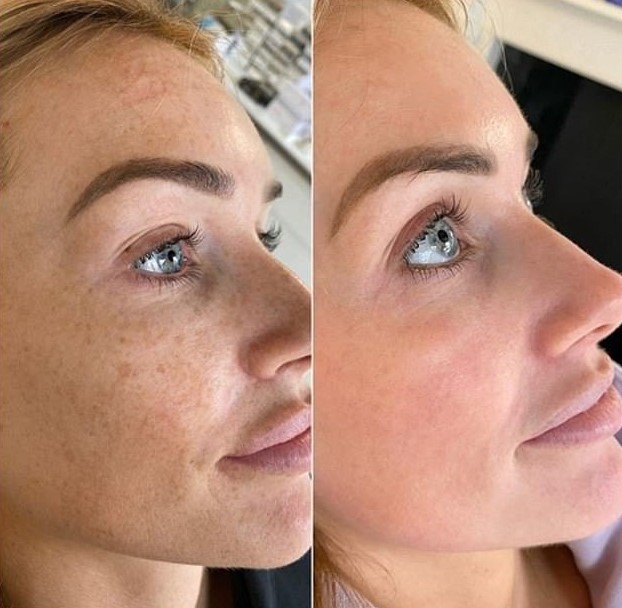
When is the best time of the year to do a chemical peel for dark spots?
It is not recommended to remove foci of hyperpigmentation in late spring, summer, and early autumn. You may get the opposite effect – the skin will be covered with new spots, and even sunscreen will be powerless.
The optimal time for peeling is late autumn and winter. At this time, the epidermis is well restored. The main thing is to protect it from frost and forget about the solarium until spring.
Benefits of a chemical peel
Contraindications
The main 9 benefits of chemical peels are:
- Treats acne
- Minimizes pores
- Erases fine lines and wrinkles
- Fades discoloration
- Lifts skin
- Soothes scarring and skin
- Balances texture
- Non-invasive treatment
- Customizable
This procedure should not be done if there are:
- mechanical lesions in the area of pigmentation;
- allergic reactions;
- oncological diseases;
- various viral diseases;
- respiratory diseases;
- acne, dermatitis;
- pregnancy, lactation.

